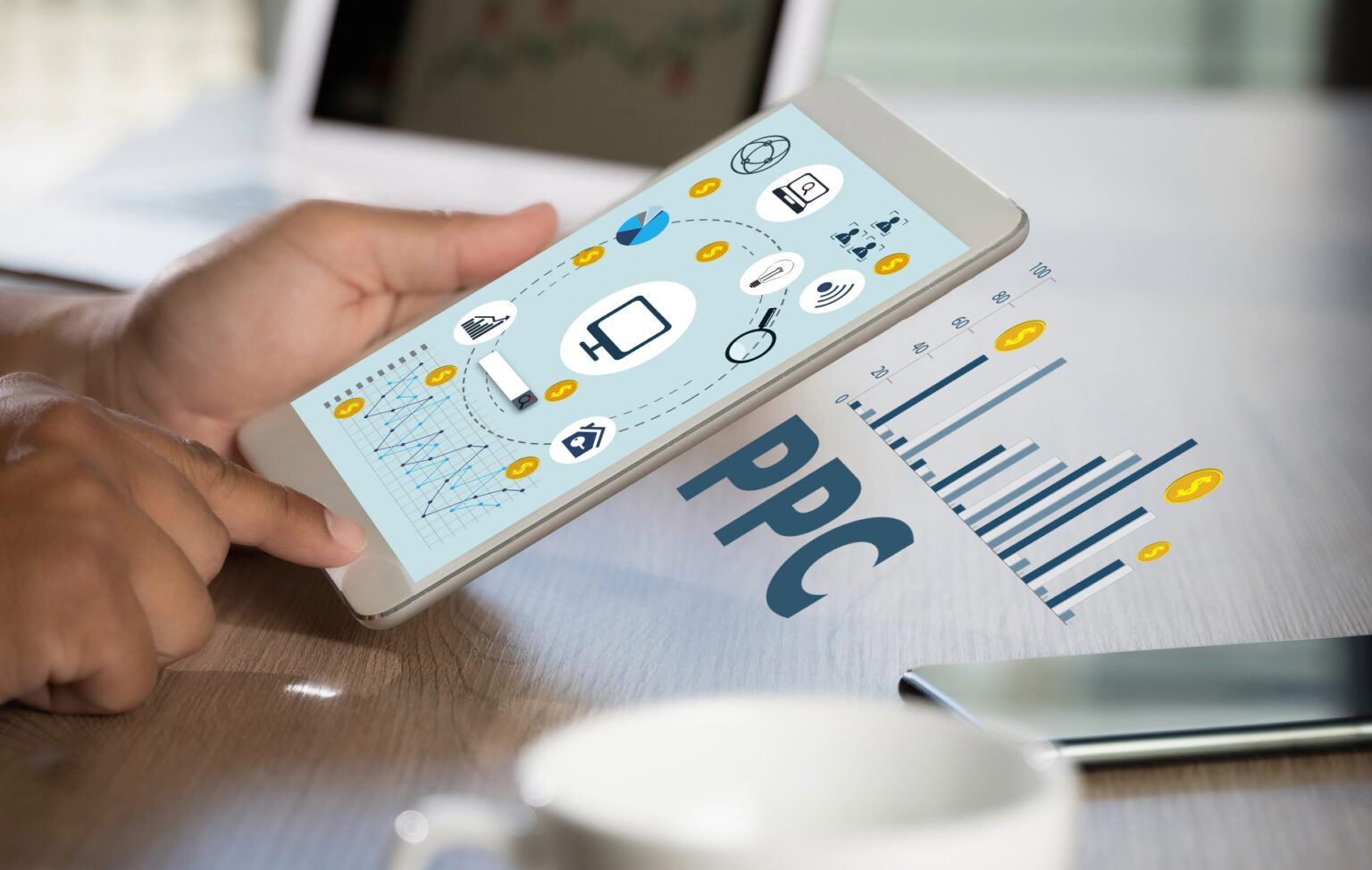I’ll help you harness the full potential of digital advertising. From targeted PPC campaigns to impactful social media marketing, I’ll amplify your brand’s reach and drive remarkable results.

I initially began my digital marketing journey by managing Facebook ads for an e-commerce shop. Since then I’ve had the opportunity to personally oversee many campaigns across various projects and platforms, generating thousands of pounds in return of investment.
Like many other marketers, my favourite platforms to utilise paid media include Facebook & Google, as these platforms offer the largest reach for most brands and have great flexibility to be unique in the message.
In recent months, I’ve had success using alternative platforms such as LinkedIn, Reddit and TikTok. I can see these platforms being a regular part of my paid media toolkit in the future.
Google and Bing Ads are very similar in application and operate on the same pay-per-click model (PPC).
Advertising on these platforms allows businesses to display messages on the search engine results page (SERPs) or on websites that are partnered with Google.
Google & Microsoft Ads include:
Facebook Ads enables businesses to advertise their messages on the Facebook and Instagram platform.
They are very popular due to the large amount of users that reside on the platform alongside the high degree of flexibility the advertising platform provides.
Businesses can target users based on thousands of data points including:
Alternative ad platforms, such as LinkedIn Ads and TikTok Ads, refer to advertising solutions offered by online platforms other than the traditional giants like Google and Facebook.
These platforms provide businesses with unique opportunities to reach specific audiences and achieve their marketing objectives.
Advertising on these platforms early on can prove to be beneficial for businesses due to the lower cost in acquisition compared to mainstream ad platforms, and also having the potential to grow faster as there is less competition.
Amazon Ads, also known as Amazon Marketing Services (AMS), is an advertising platform provided by Amazon to help sellers and vendors promote their products on the Amazon marketplace.
It allows sellers in the marketplace advertise the products to reach potential shoppers who are on the platform.
The platform operates on a pay-per-click (PPC) model and has various ad formats including:
Having the ability to create image, video, and text ads is crucial for an effective advertising strategy. Each type of ad format offers unique advantages and appeals to different aspects of peoples engagement.
Having diverse ad formats offer unique advantages in terms of engagement, reach, storytelling, branding, and catering to user preferences. By utilising a mix of ad formats, businesses can effectively connect with their target audience, convey their message, and achieve their marketing goals.
In today’s hyper-connected digital landscape, businesses face fierce competition for attention and customer engagement. To stand out and thrive, it’s crucial for companies to leverage every advantage available.
Through strategic ad placements across various platforms, you can reach potential customers who may have otherwise remained unaware of your brand.
Paid media helps elevate your brand’s visibility, ensuring your business stays top-of-mind for your target audience. Regular exposure to your brand through well-crafted ads builds trust and familiarity, paving the way for increased engagement and customer loyalty.
By targeting users with a genuine interest in your products or services, you can attract visitors who are more likely to convert into paying customers. Through audience segmentation and keyword optimisation, you can attract the most relevant prospects to your digital doorstep.
Paid media campaigns have the power to accelerate lead-generation efforts. By strategically placing compelling calls-to-action and lead magnets within your ads, you can entice potential customers to take the desired actions, such as signing up for a newsletter or downloading an ebook.
This allows you to build a strong pipeline of leads, nurturing them through the sales funnel with tailored content.
Paid media offers an exceptional ROI when done right. With constant monitoring and optimisation, you can enhance your campaigns’ performance, ensuring maximum conversions at minimal costs.
A well-optimised paid media strategy can lead to increased sales and revenue for your business, making it a worthwhile investment.
In a crowded marketplace, staying ahead of your competitors is essential. Paid media gives you a competitive edge by enabling you to showcase your offerings to potential customers before your rivals do. By analysing your competitors’ strengths and weaknesses, you can craft compelling ad campaigns that highlight your unique value propositions.


Digital marketing professionals with years of experience in web, digital marketing and business growth.
An easy way to improve your website.
Your email will only be used to send you relevant content we think you’ll love. Opt-out anytime. We will never sell, rent, or share your personal information.